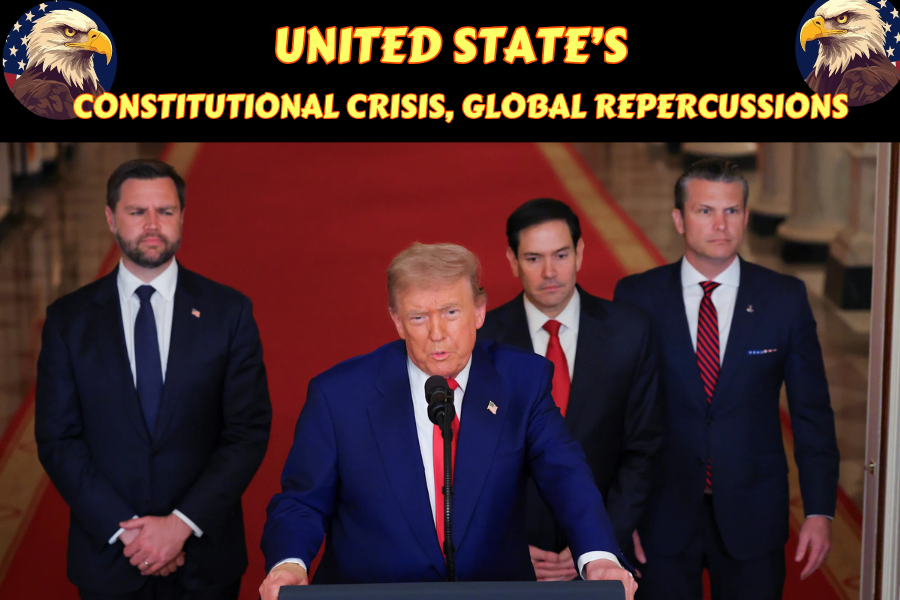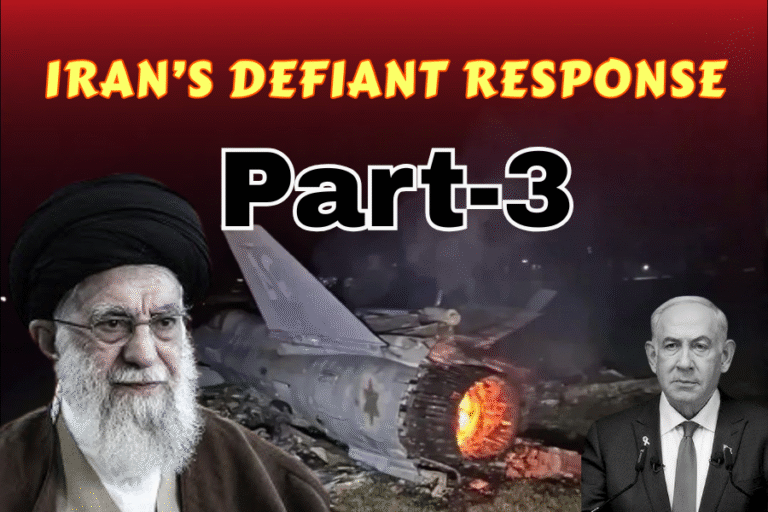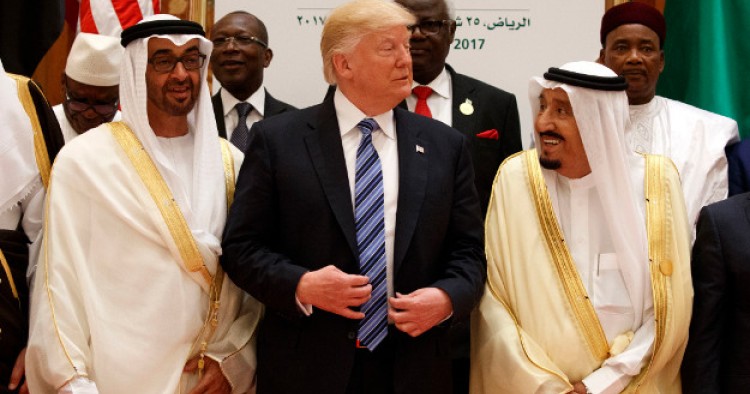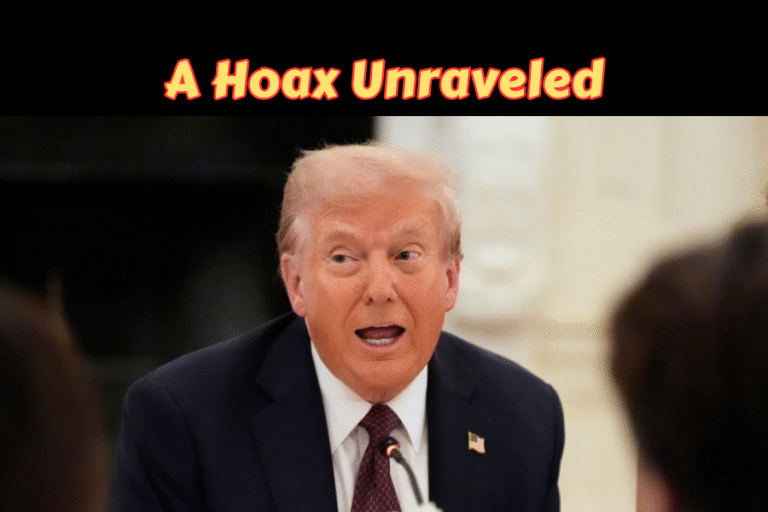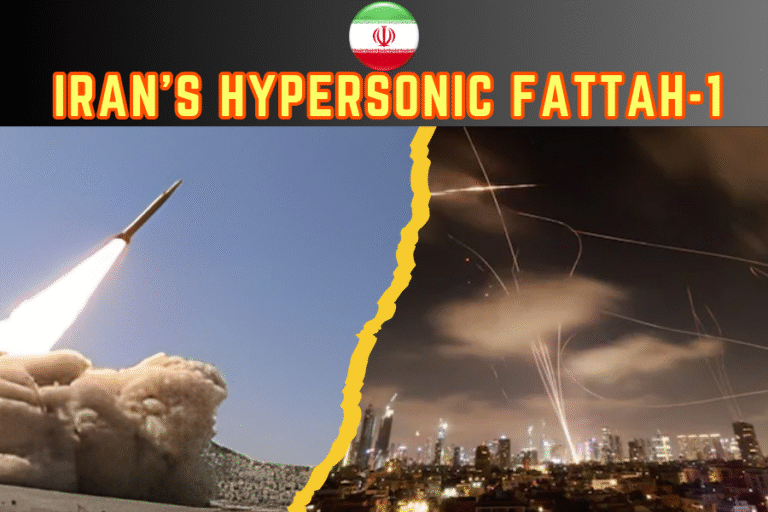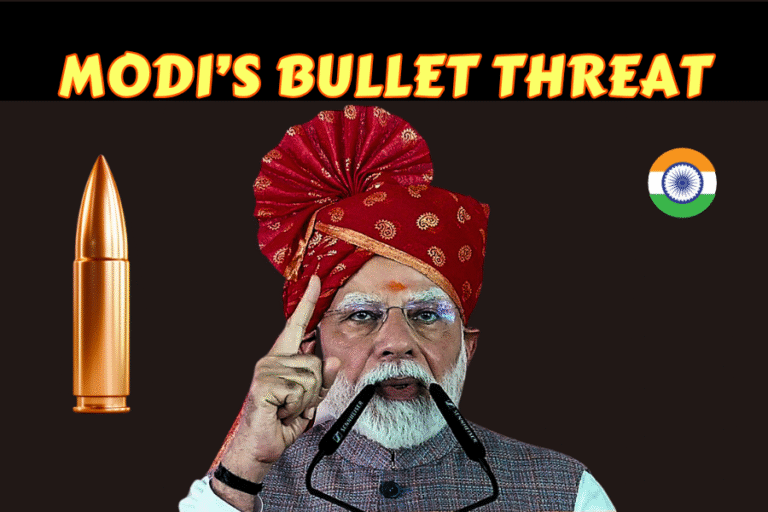(By Khalid Masood)
On 21 June 2025, President Donald Trump, in a brazen act of executive overreach, ordered US B-2 Spirit stealth bombers and Tomahawk missiles to strike three Iranian nuclear facilities—Fordow, Natanz, and Isfahan—without congressional approval, plunging the United States into Israel’s escalating war against Iran. Hailed by Trump as a “spectacular military success” that “totally obliterated” Iran’s nuclear programme, the strikes have instead ignited a firestorm of domestic criticism, legal challenges, and international condemnation, while Iran, with characteristic resilience, vows to rebuild and retaliate. This article examines the constitutional violations, domestic political fallout, damage to US global reputation, and erosion of Trump’s credibility, arguing that his reckless decision risks entangling America in a catastrophic Middle East conflict while strengthening Iran’s resolve to defend its sovereignty.
I. Introduction: A Reckless Plunge into War
The Middle East, a region scarred by decades of Western intervention, shuddered on 21 June 2025, when Trump announced on Truth Social that US forces had bombed Iran’s nuclear sites, joining Israel’s campaign to dismantle Tehran’s nuclear capabilities. The strikes, executed with six B-2 bombers dropping 30,000-pound GBU-57 Massive Ordnance Penetrator (MOP) bombs and 30 Tomahawk missiles, targeted Fordow’s fortified enrichment facility, Natanz’s centrifuge cascades, and Isfahan’s research reactors. Trump’s claim of “complete obliteration” contrasts sharply with Iran’s Atomic Energy Organization (AEOI) reporting minimal damage and operational continuity, framing the attack as a violation of international law.
This unilateral decision, taken just days after Trump promised a two-week diplomatic window, has sparked outrage in Congress, with lawmakers invoking the War Powers Resolution (WPR) to curb his authority. Domestically, it threatens Trump with legal and political repercussions, while globally, it tarnishes America’s reputation as a reliable actor and erodes Trump’s credibility. Iran, undeterred, condemns the “criminal aggression” and pledges a calculated response, exposing the limits of US military might against a nation forged in resistance.
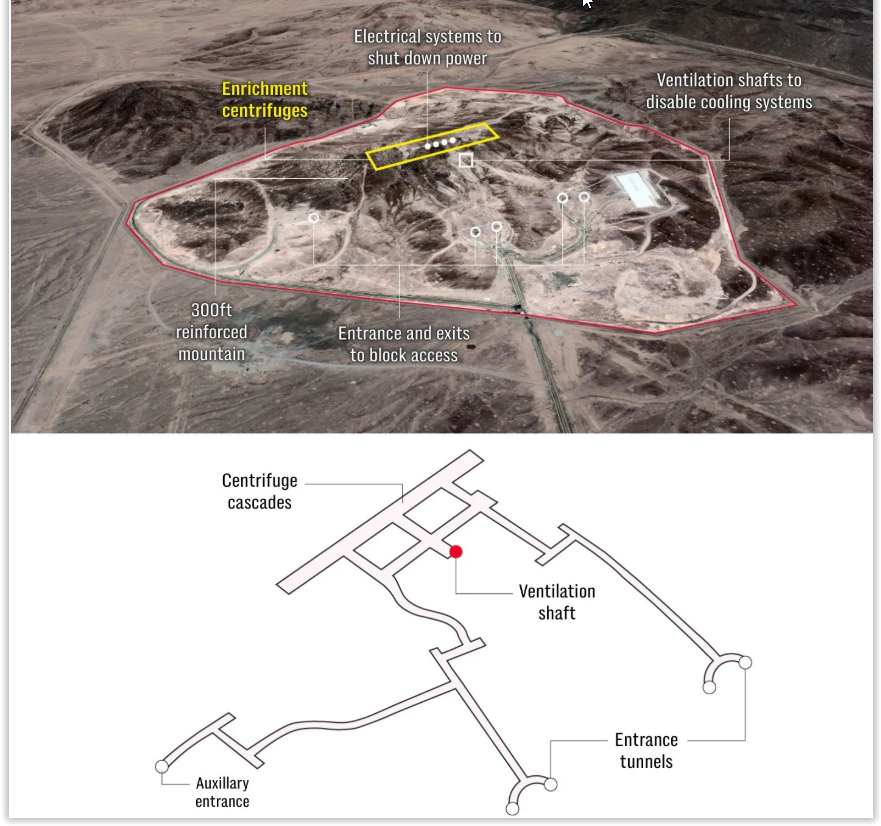
II. The Constitutional Crisis: Violating the War Powers Resolution
The US Constitution, under Article I, Section 8, grants Congress the sole power to declare war, a principle reinforced by the 1973 War Powers Resolution (WPR), which requires presidential consultation with Congress before initiating hostilities and mandates troop withdrawal within 60 days absent congressional approval. Trump’s strikes on Iran, executed without legislative authorization, have been widely condemned as unconstitutional, igniting a bipartisan backlash.
- Congressional Outrage: Representatives Ro Khanna (D-CA) and Thomas Massie (R-KY), co-sponsors of a WPR resolution introduced on 17 June, denounced Trump’s actions as a “grave violation” of the Constitution. Khanna demanded an immediate congressional vote to prevent “another endless Middle East war,” while Massie, a fiscal hawk, declared, “This is not constitutional”. Their resolution, gaining 27 co-sponsors including progressive “Squad” members like Alexandria Ocasio-Cortez (D-NY) and Ilhan Omar (D-MN), seeks to terminate unauthorized US military actions against Iran.
- Senate Pushback: Senator Tim Kaine (D-VA) introduced a privileged WPR resolution, arguing that “the American public is overwhelmingly opposed to waging war on Iran”. Kaine highlighted Israel’s admission that its prior strikes had already set Iran’s nuclear programme back “2 or 3 years,” questioning Trump’s “horrible judgment” in rushing to bomb. Senate Minority Leader Chuck Schumer (D-NY) endorsed Kaine’s resolution, urging a Senate vote to enforce the WPR.
- Impeachment Calls: Progressive Democrats like Ocasio-Cortez and Sean Casten (D-IL) labeled the strikes an “unambiguous impeachable offense,” arguing Trump “impulsively risked launching a war that may ensnare us for generations”. House Democratic Leader Hakeem Jeffries demanded a classified briefing, asserting Trump “misled the country” and bears “complete responsibility for adverse consequences”.
Despite Republican leaders like House Speaker Mike Johnson (R-LA) and Senate Majority Leader John Thune (R-SD) being briefed pre-strike, dissenters like Marjorie Taylor Greene (R-GA) and Warren Davidson (R-OH) joined Democrats in decrying the move, with Greene insisting, “This is not our fight”. Legal expert John Yoo, however, defends Trump, citing Article II powers to act in the national interest, though he acknowledges prolonged conflict would require congressional approval.
The WPR resolutions, if passed, could force Trump to halt operations, but their momentum faces obstacles. The House resolution’s bipartisan support, including MAGA isolationists, signals growing unease, but Republican leadership’s alignment with Trump may stall a vote. In the Senate, Kaine’s resolution awaits a Friday vote, but GOP control could delay or derail it. This constitutional standoff risks a prolonged crisis, with Trump’s defiance potentially inviting impeachment proceedings or judicial challenges, weakening his domestic standing.
III. Domestic Fallout: Political Repercussions for Trump
Trump’s unilateral action has fractured his political coalition, alienating MAGA isolationists and galvanizing Democrats, while public opinion, wary of Middle East wars, threatens his 2026 midterm prospects.
- MAGA Dissent: Trump’s strikes contradict his campaign promise to end “endless wars,” drawing ire from MAGA voices like Steve Bannon, who warned Trump must “explain this to MAGA”. Representative Greene, a Trump loyalist, lamented America’s focus on “foreign wars” over domestic priorities like affordability and safety. Social media posts reflect this sentiment branding Trump a “warmonger” and questioning his legacy.
- Democratic Mobilization: Democrats, united in condemning Trump’s “unconstitutional” move, are leveraging the crisis to rally their base. Ocasio-Cortez’s impeachment call and Jeffries’ demand for accountability signal a strategy to portray Trump as reckless, potentially fueling 2026 House gains. Senator Bernie Sanders (I-VT), decrying the strikes at a Tulsa rally, echoed public chants of “no more wars,” amplifying anti-war sentiment.
- Public Opinion: Polls cited by Kaine show most Americans oppose war with Iran, a sentiment rooted in the Iraq and Afghanistan quagmires. The strikes, perceived as serving Israeli interests, risk alienating voters prioritizing economic concerns, as Greene noted. Social media trends, though unrelated to Iran, highlight public distrust in leadership, suggesting Trump’s gamble could erode his approval ratings.
Trump’s domestic vulnerabilities are compounded by his timing. By striking before the promised two-week diplomatic window, he appears erratic, undermining his narrative of strategic decisiveness. If Iran retaliates, targeting US bases in Qatar or Bahrain, public backlash could intensify, with Trump bearing “complete responsibility,” as Jeffries warned. Impeachment, while unlikely in a GOP-controlled Congress, looms as a symbolic threat, while WPR votes could constrain his foreign policy, denting his second-term agenda.
IV. Global Repercussions: Damage to US Reputation
The US, once a beacon of diplomatic credibility, now faces global scorn for Trump’s unilateral aggression, undermining its moral authority and strategic alliances.
- International Condemnation: Iran’s Foreign Minister Abbas Araghchi condemned the strikes as a “flagrant violation” of the UN Charter and NPT, accusing Trump of “blowing up diplomacy” with Europe. Russia’s Dmitry Medvedev mocked Trump’s “peacemaker” image, predicting economic fallout like soaring oil prices. China warned of “catastrophic fallout,” aligning with Iran at the UN.
- Allied Discomfort: European allies, engaged in nuclear talks with Iran in Geneva on 20 June, were blindsided by Trump’s abrupt strike, eroding trust in US commitments. The UK’s David Lammy, meeting US officials pre-strike, pushed for de-escalation, but Trump’s defiance strained transatlantic ties. NATO’s unity, already fragile, risks further strain if Iran retaliates.
- Regional Instability: The strikes escalate the Israel–Iran conflict, now in its ninth day, with Iran launching missiles on Tel Aviv, injuring 86. Iran’s warning of “everlasting consequences” and potential closure of the Strait of Hormuz threaten global oil markets, with analysts predicting $200-per-barrel prices if tensions persist. US bases in the Gulf, vulnerable to Iran’s short-range missiles, face heightened risk, projecting weakness rather than strength.
The US’s reputation as a law-abiding actor is tarnished by its attack on IAEA-monitored facilities, which Iran insists are for peaceful purposes. Trump’s dismissal of US intelligence, including Director Tulsi Gabbard’s March 2025 assessment that Iran suspended its weapons programme in 2003, aligns him with Israel’s alarmist narrative, undermining America’s credibility. This perception of US subservience to Israeli interests, echoed in social media posts like “Iran’s Pearl Harbor,” fuels anti-American sentiment across the Global South.
V. Trump’s Credibility: A Self-Inflicted Wound
Trump’s decision to strike Iran days after promising a two-week diplomatic window shatters his personal credibility, exposing him as erratic and untrustworthy.
- Broken Promises: On 19 June, White House Press Secretary Karoline Leavitt announced Trump would decide on Iran within two weeks, a timeline reiterated by CBS News sources. His abrupt strike on 21 June, without evidence of an imminent threat, contradicts this pledge, drawing accusations of betrayal from Iran’s Araghchi, who noted Trump’s “peacemaker” rhetoric was a facade.
- Intelligence Contradictions: Trump’s claim that Iran was “very close” to a nuclear bomb clashes with US intelligence, including Gabbard’s testimony and a November 2024 report under Biden, affirming no weapons programme exists. His alignment with Israel’s Netanyahu, who pressured him in a 9 June call, suggests external influence over US policy, eroding trust in his judgment.
- MAGA Backlash: Trump’s MAGA base, drawn to his anti-war stance, feels betrayed, with X posts like @RealPepeEscobar accusing him of serving Israeli interests. Former strategist Bannon’s call for Trump to “get MAGA on board” underscores the risk of alienating his core supporters.
Trump’s boastful rhetoric—“no other military could have done this”—rings hollow as Iran reports minimal damage, with Fordow’s bunkers intact and Natanz operational. His warning of “far greater” attacks if Iran retaliates projects bluster, not strength, especially as Tehran’s restraint avoids immediate escalation. This credibility gap, compounded by his constitutional overreach, weakens his global standing, portraying him as a leader driven by impulse rather than strategy.
VI. Iran’s Resilience: A Nation Unbowed
Amid the rubble, Iran emerges as a symbol of defiance, its nuclear programme and national spirit unbroken by US aggression.
- Minimal Damage: The AEOI reported superficial damage to entrances and above-ground structures, with no radiological leaks or major casualties. Fordow’s deep bunkers, Natanz’s centrifuges, and Isfahan’s reactors continue operations, with repairs underway, showcasing Iran’s engineering prowess. Ali Bahreini, Iran’s Geneva ambassador, reaffirmed Tehran’s commitment to peaceful uranium enrichment.
- Strategic Restraint: Iran’s measured response—condemning the strikes while reserving the right to retaliate—reflects strategic wisdom. Araghchi’s planned Moscow meeting with Vladimir Putin on 23 June signals diplomatic counter-moves, leveraging Russia and China to isolate the US. The IRGC’s warning that US bases are “vulnerable” hints at asymmetric retaliation, a tactic Iran mastered in 1983 Beirut bombings.
- National Unity: The strikes have unified Iran, with rallies in Qom and Mashhad decrying US “terrorism”. Supreme Leader Ayatollah Ali Khamenei’s vow to “outlast aggressors” galvanizes public support, echoing 45 years of resistance to sanctions and sabotage. Iran’s scientists, inheriting the “legacy of nuclear martyrs” like Mohsen Fakhrizadeh, embody this resilience, ensuring the programme’s survival.
Iran’s ability to absorb punishment, as seen after Stuxnet and Israeli assassinations, frustrates US–Israeli objectives. The strikes, far from “obliterating” Iran’s capabilities, may harden Tehran’s resolve, potentially pushing it to expel IAEA inspectors or accelerate enrichment, as post-2020 Soleimani assassination.
VII. Legal and Strategic Implications
The strikes violate international law, including the UN Charter’s Article 2(4) prohibiting force against sovereign states and the NPT, which permits Iran’s peaceful nuclear programme. Iran’s UN mission condemned the US and Israel, demanding accountability. The UN Security Council, urged by Iran, may convene, though US veto power limits sanctions.
Strategically, Trump’s gamble risks:
- Regional Escalation: Iran’s potential retaliation, targeting US bases or closing the Strait of Hormuz, could disrupt 20% of global oil supplies, spiking prices and destabilizing markets. Hezbollah and Houthi proxies may intensify attacks, drawing the US deeper into conflict.
- Diplomatic Isolation: The US’s disregard for European talks alienates allies, while Iran’s alignment with Russia and China strengthens the anti-Western axis. X posts like @RealPepeEscobar warn of a broader “regional” war, with Russia and China as Iran’s backers.
- Nuclear Proliferation: If Iran perceives existential threats, it may abandon NPT commitments, accelerating its programme, as warned by CNN analyst Barak Ravid.
Trump’s belief that strikes will force Iran to “make peace” ignores Tehran’s history of asymmetric warfare and strategic patience, risking a prolonged conflict.
VIII. Conclusion: A Reckless Gamble with Lasting Costs
Trump’s unilateral strikes on Iran’s nuclear sites, executed in defiance of Congress and international law, have unleashed a cascade of consequences. Domestically, he faces a constitutional crisis, with WPR resolutions and impeachment calls threatening his authority. Politically, he risks alienating MAGA isolationists and galvanizing Democrats, jeopardling a crisis ahead of 2026 midterms. Globally, the US’s reputation as a diplomatic actor is tarnished, its alliances strained, and its bases vulnerable to Iranian retaliation. Trump’s credibility, already fragile, is shattered by his broken two-week promise and exaggerated claims of “obliteration,” exposing him as erratic and beholden to Israeli pressure.
Iran, by contrast, stands resilient, its nuclear programme intact and its people united against aggression. The strikes, far from crippling Tehran, have strengthened its resolve to defend its sovereignty, leveraging diplomacy and asymmetric tactics to counter US might. The Middle East teeters on the brink, with 200 Iranian and dozens of Israeli lives lost in this senseless escalation. Diplomacy, not bombs, offers the only path to peace, yet Trump’s recklessness has closed that door, risking a war that could engulf the region and beyond. For Iran, unbowed and unbroken, the fight for justice continues—a testament to a nation that will not surrender. The world must demand restraint, uphold international law, and reject the folly of endless wars.

